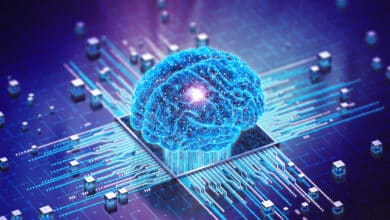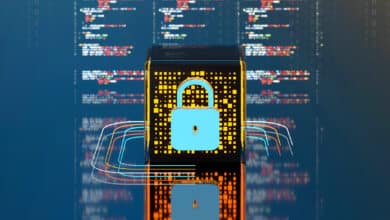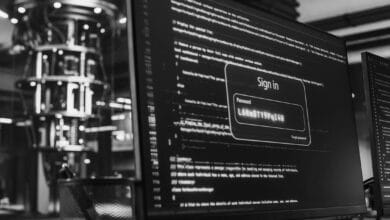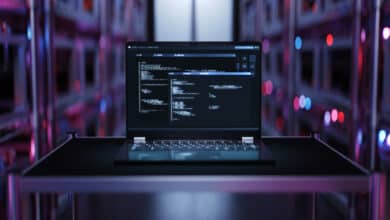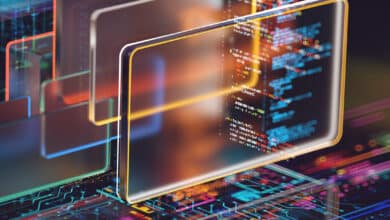All Post-Quantum, PQC Posts
-
Post-Quantum, PQC, Quantum Security
Quantum Ethics: Why We Must Plan for a Responsible Quantum Future
New technologies bring not only breakthroughs but also new risks and dilemmas - and quantum computing is no exception. Quantum computers promise to solve problems beyond the reach of classical machines, from cracking complex optimization puzzles to simulating new drugs and materials. Yet experts warn that quantum’s “known unknowns” include serious ethical challenges arising from potential abuse, misuse, or unintended consequences. In other words, along…
Read More » -
Post-Quantum, PQC, Quantum Security
Post-Quantum Cryptography (PQC) Meets Quantum AI (QAI)
Post-Quantum Cryptography (PQC) and Quantum Artificial Intelligence (QAI) are converging fields at the forefront of cybersecurity. PQC aims to develop cryptographic algorithms that can withstand attacks by quantum computers, while QAI explores the use of quantum computing and AI to both break and bolster cryptographic systems.
Read More » -
Post-Quantum, PQC, Quantum Security
Data Discovery & Classification: Foundations for Quantum Readiness
Every CISO knows the old adage: “You can’t protect what you don’t know you have.” In the quantum readiness era, this doesn’t just apply to hardware and software assets - it applies equally to data. As organizations brace for cryptography-breaking quantum computers, they must first discover and classify their data to understand what’s at stake. Data is now scattered across on-prem servers, cloud buckets, employee…
Read More » -
Post-Quantum, PQC, Quantum Security
Cryptographic Bill of Materials (CBOM) Deep-Dive
Cryptographic Bill of Materials (CBOM) represent the next evolution in software transparency and security risk management. As we have explored, a CBOM provides deep visibility into an application’s cryptographic underpinnings – an area that has often been opaque to security teams. By enumerating algorithms, keys, certificates, and their usage, CBOMs empower organizations to tackle challenges ranging from quantum cryptography transition and legacy crypto cleanup to…
Read More » -
Post-Quantum, PQC, Quantum Security
Capability E.1: Engineering Scale & Manufacturability
Building a cryptography-breaking quantum computer (often dubbed Q-Day) will demand far more than just better algorithms or a few more qubits. It requires a massive scale-up in engineering - reaching hundreds of thousands or even millions of physical qubits - and doing so in a practical, manufacturable way. Engineering Scale & Manufacturability (Capability E.1) is about bridging the gap between today’s laboratory prototypes and tomorrow’s…
Read More » -
Post-Quantum, PQC, Quantum Security
Capability B.4: Qubit Connectivity & Routing Efficiency
Qubit connectivity refers to which qubits can interact directly (perform two-qubit gates) with each other. This is often visualized as a connectivity graph: each node is a qubit, and an edge between two nodes means those qubits can be coupled for a two-qubit gate. Some hardware has a dense graph (even complete or all-to-all connectivity), meaning any qubit can directly entangle with any other. Others…
Read More » -
Post-Quantum, PQC, Quantum Security
How to Perform a Comprehensive Quantum Readiness Cryptographic Inventory
A cryptographic inventory is essentially a complete map of all cryptography used in an organization’s systems – and it is vital for understanding quantum-vulnerable assets and planning remediation. In theory it sounds straightforward: “list all your cryptography.” In practice, however, building a full cryptographic inventory is an extremely complex, lengthy endeavor. Many enterprises find that even identifying all their IT assets is challenging, let alone…
Read More » -
Post-Quantum, PQC, Quantum Security
Infrastructure Challenges of “Dropping In” Post-Quantum Cryptography (PQC)
Post-quantum cryptography (PQC) is moving from theory to practice. NIST has now standardized several PQC algorithms - such as CRYSTALS-Kyber for key exchange (now known as ML-KEM) and CRYSTALS-Dilithium and SPHINCS+ for digital signatures - and major tech companies like Google, AWS, and Cloudflare have begun experimenting with integrating these algorithms. On the surface, it may seem that we can simply “drop in” PQC algorithms…
Read More »

